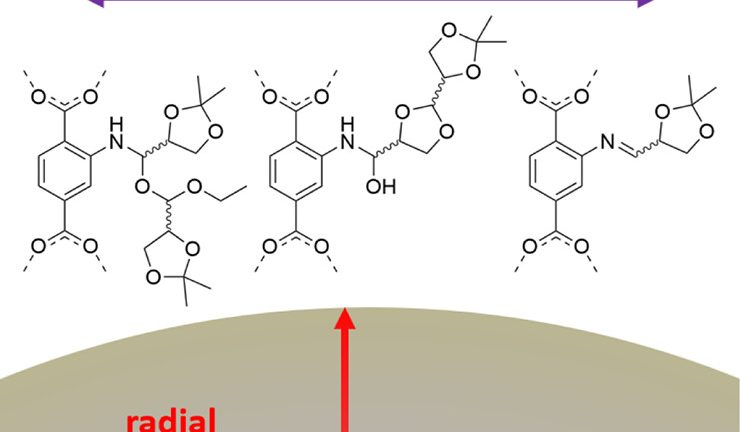
Nonuniform Chiralization of Metal–Organic Frameworks Using Imine Chemistry
B. Á. Novotny, S. Majumdar, A. Ortega-Guerrero, K. M. Jablonka, E. Moubarak, N. Gasilova, N. P. Domingues, R.-A. Kessler, E. Oveisi, F. M. Ebrahim, and B. Smit, Nonuniform Chiralization of Metal–Organic Frameworks Using Imine Chemistry ACS Mater. Au (2025) doi: 10.1021/acsmaterialsau.4c00139 Abstract: Homochiral metal–organic frameworks (MOFs) are exceptional media for heterogeneous enantiodifferentiation processes. Modifying available achiral (…)
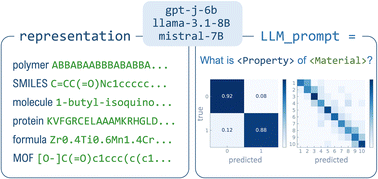
Assessment of fine-tuned large language models for real-world chemistry and material science applications
J. Van Herck, M. V. Gil, K. M. Jablonka, A. Abrudan, A. S. Anker, M. Asgari, B. Blaiszik, A. Buffo, L. Choudhury, C. Corminboeuf, H. Daglar, A. M. Elahi, I. T. Foster, S. Garcia, M. Garvin, G. Godin, L. L. Good, J. Gu, N. Xiao Hu, X. Jin, T. Junkers, S. Keskin, T. P. J. (…)
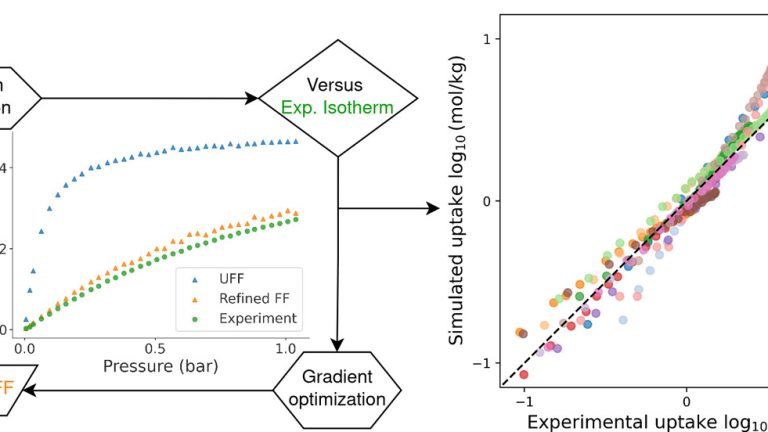
A Refined Set of Universal Force Field Parameters for Some Metal Nodes in Metal-Organic Frameworks
Y. Li, X. Jin, E. Moubarak, and B. Smit, A Refined Set of Universal Force Field Parameters for Some Metal Nodes in Metal-Organic Frameworks J. Chem. Theory Comput. 20 (23), 10540 (2024) http://dx.doi.org/10.1021/acs.jctc.4c01113 Abstract: Metal–organic frameworks (MOFs) exhibit promise as porous materials for carbon capture due to their design versatility and large pore sizes. The generic (…)

Stability Assessment in Aqueous and Organic Solvents of Metal-Organic Framework PCN 333
X. Liu, A. Ortega-Guerrero, N. P. Domingues, M. J. Pougin, B. Smit, L. Hosta-Rigau, and C. Oostenbrink, Stability Assessment in Aqueous and Organic Solvents of Metal-Organic Framework PCN 333 Nanoparticles through a Combination of Physicochemical Characterization and Computational Simulations Langmuir 40 (42), 21976 (2024) doi: 10.1021/acs.langmuir.4c01684 Abstract: Mesoporous metal–organic frameworks (MOFs) have been recognized as powerful (…)
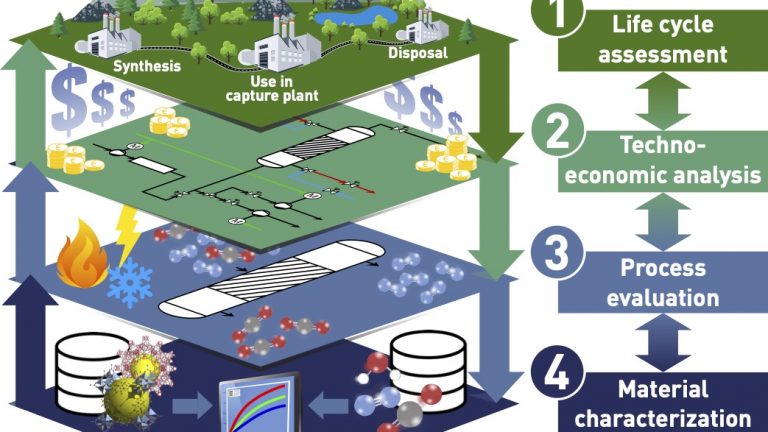
Article in Nature
Elias’ four years of work is now published in Nature. The press release from Mediacom can be found here, and the one from Heriot-Watt University can be found here. Also interesting is this news item in ChemistryWorld.

A holistic platform for accelerating sorbent- based carbon capture
C. Charalambous, E. Moubarak, J. Schilling, E. Sanchez Fernandez, J.-Y. Wang, L. Herraiz, F. Mcilwaine, Shing Bo Peh, Matthew Garvin, K. M. Jablonka, S. M. Moosavi, J. Van Herck, Aysu Yurdusen Ozturk, Alireza Pourghaderi, A.-Y. Song, G. Mouchaham, C. Serre, Jeffrey A. Reimer, A. Bardow, B. Smit, and S. Garcia, A holistic platform for accelerating (…)
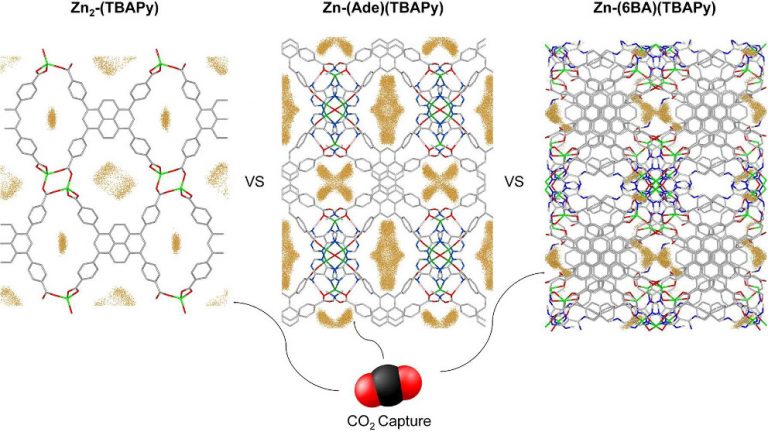
Adsorption in Pyrene-Based Metal–Organic Frameworks
M. J. Pougin, N. P. Domingues, F. P. Uran, A. Ortega-Guerrero, C. P. Ireland, J. Espín, W. Lee Queen, and B. Smit, Adsorption in Pyrene-Based Metal–Organic Frameworks: The Role of Pore Structure and Topology ACS Appl. Mater. Interfaces (2024) doi: 10.1021/acsami.4c05527 Abstact: Pore topology and chemistry play crucial roles in the adsorption characteristics of metal–organic frameworks (…)
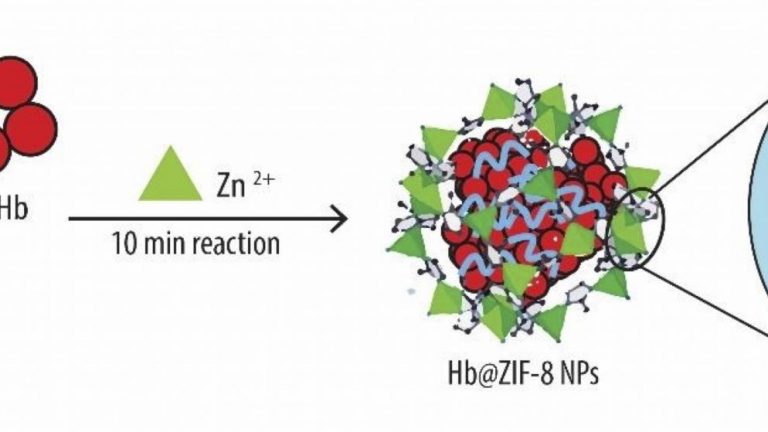
A novel PEG-mediated approach to entrap hemoglobin (Hb) within ZIF-8 nanoparticles
C. Coll-Satue, M. Rubio-Huertas, A. Ducrot, E. Norkute, X. Liu, F. M. Ebrahim, B. Smit, P. W. Thulstrup, and L. Hosta-Rigau, A novel PEG-mediated approach to entrap hemoglobin (Hb) within ZIF-8 nanoparticles: Balancing crystalline structure, Hb content and functionality Biomater. Adv, 213953 (2024) DOI: 10.1016/j.bioadv.2024.213953 Abstract: Hemoglobin (Hb)-based oxygen carriers are investigated as a potential alternative (…)
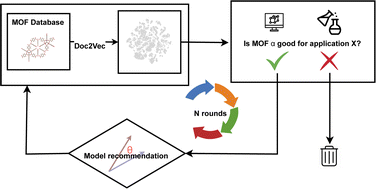
Deep learning-based recommendation system for MOFs
X. Zhang, K. M. Jablonka, and B. Smit, Deep learning-based recommendation system for metal–organic frameworks (MOFs), Digit Discov 3 (7), 1410 (2024) DOI: 10.1039/D4DD00116H Abstract: This work presents a recommendation system for metal–organic frameworks (MOFs) inspired by online content platforms. By leveraging the unsupervised Doc2Vec model trained on document-structured intrinsic MOF characteristics, the model embeds MOFs (…)
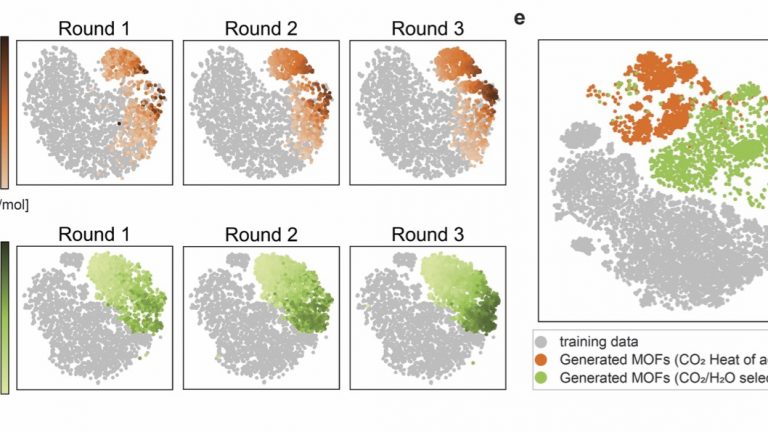
Inverse design of metal-organic frameworks for direct air capture of CO2
H. Park, S. Majumdar, X. Zhang, J. Kim, and B. Smit, Inverse design of metal-organic frameworks for direct air capture of CO2 via deep reinforcement learning Digit Discov (2024) doi: 10.1039/D4DD00010B Abstract: The combination of several interesting characteristics makes metal-organic frameworks (MOFs) a highly sought-after class of nanomaterials for a broad range of applications like (…)